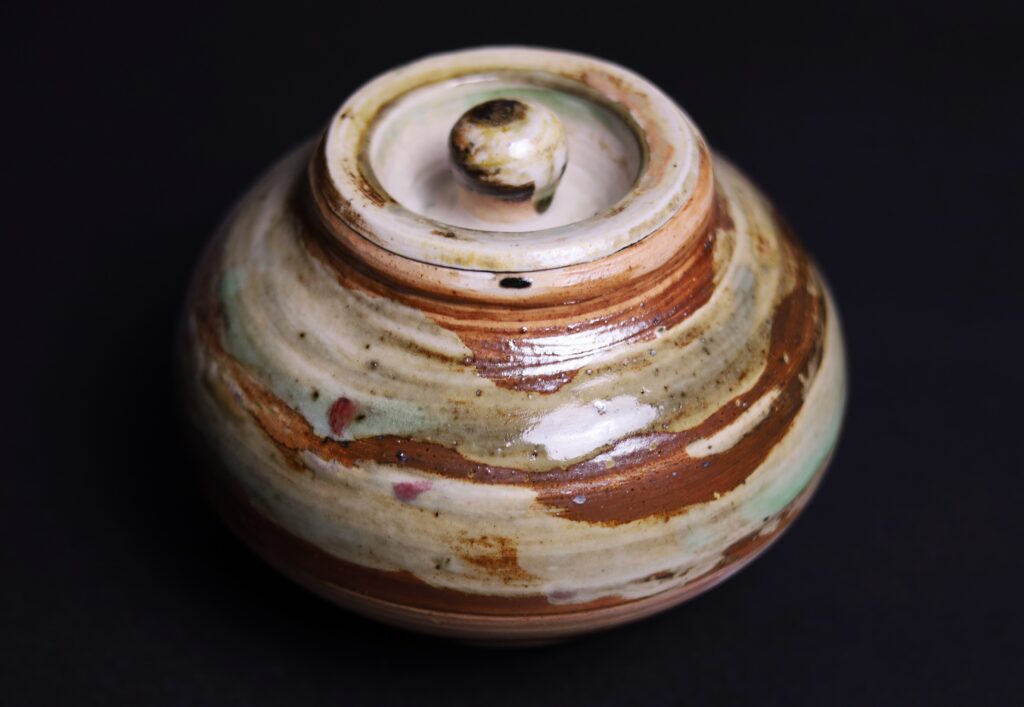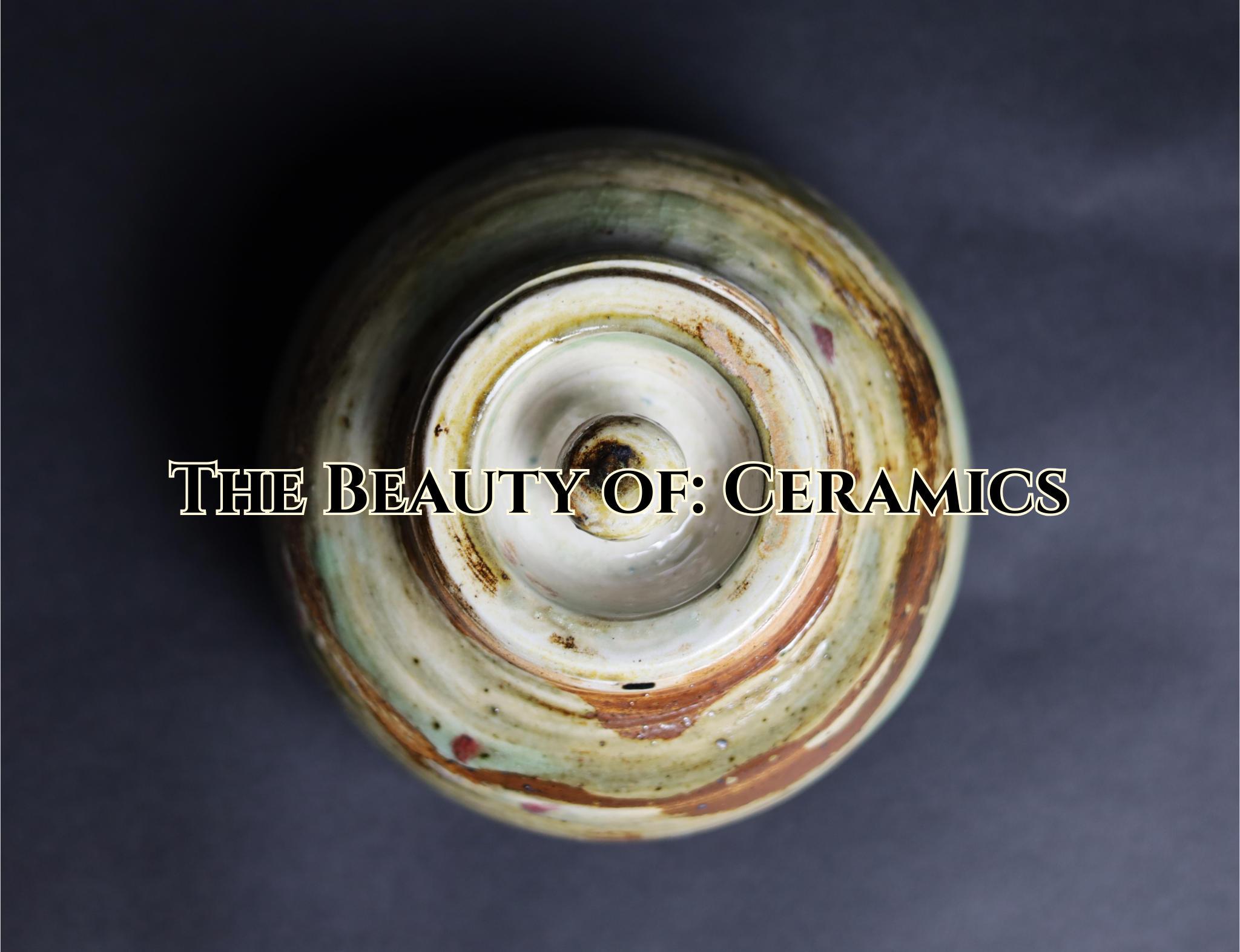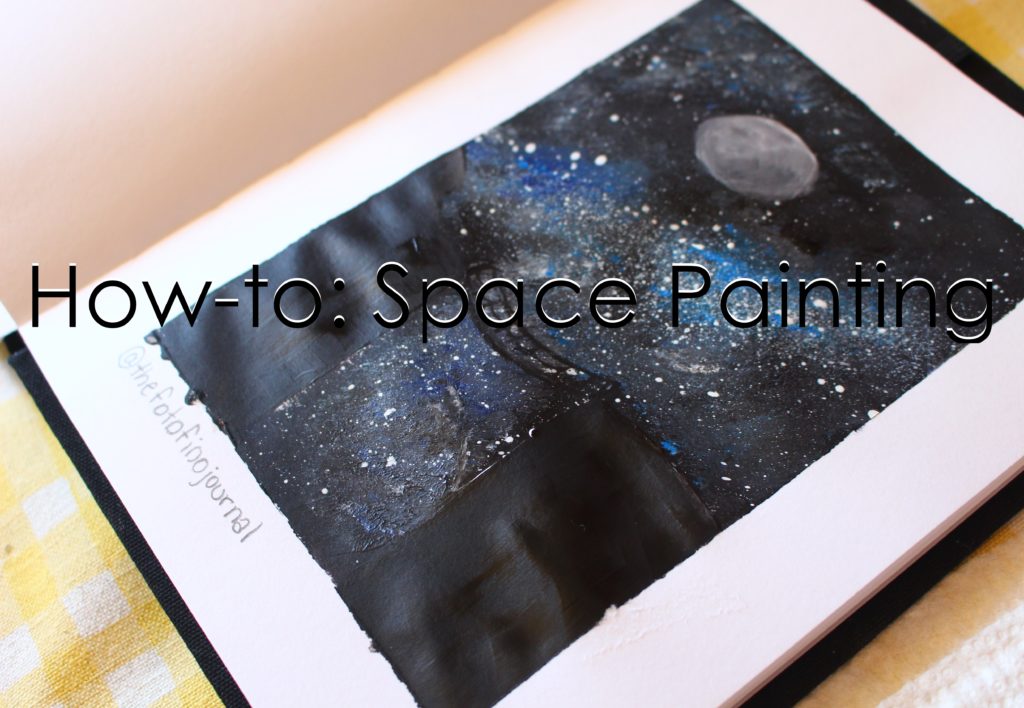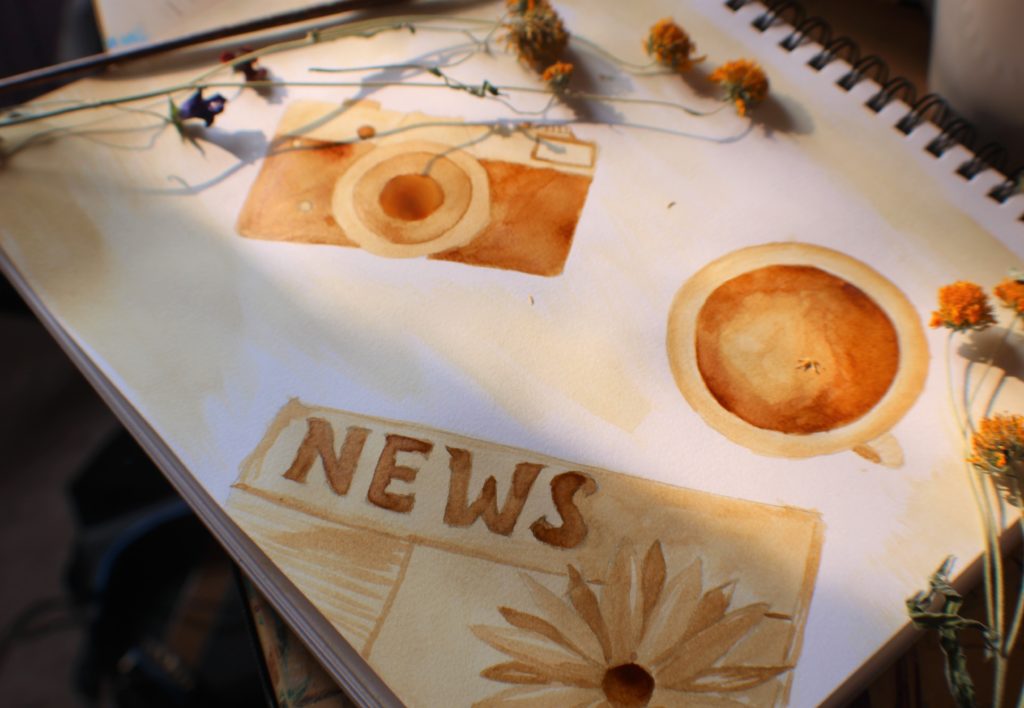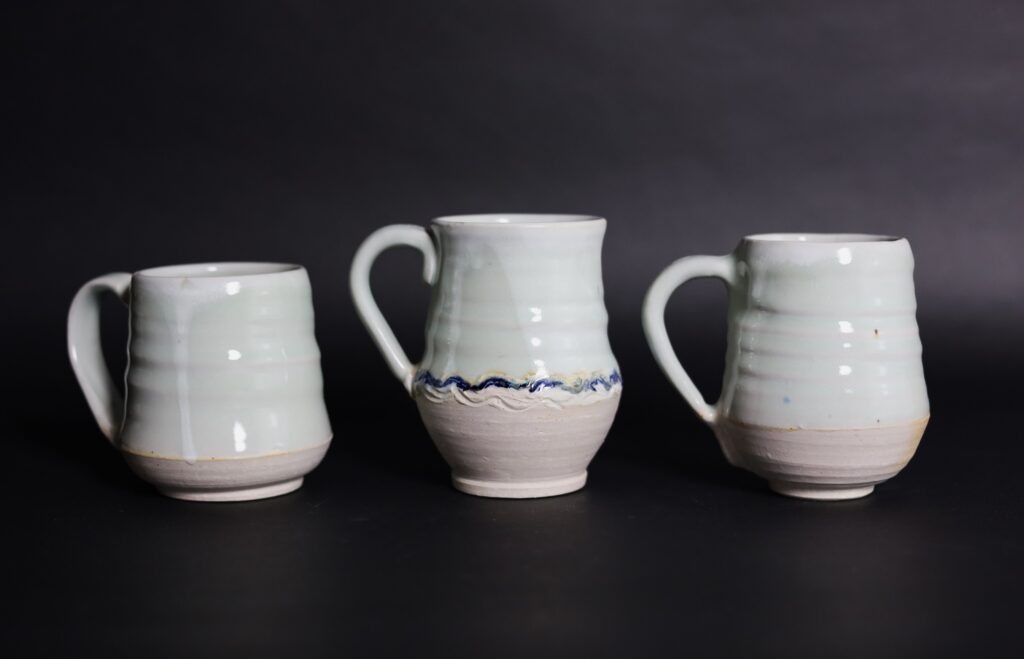
There’s a unique magic in ceramics that painting alone can’t capture. While painting lets me explore color, texture, and emotion on a flat surface, clay transforms that expression into something tangible: something you can hold, touch, and experience from every angle. Both mediums are beautiful in their own way, but the combination of artistic expression and practical, functional form is what makes ceramics so captivating and satisfying.
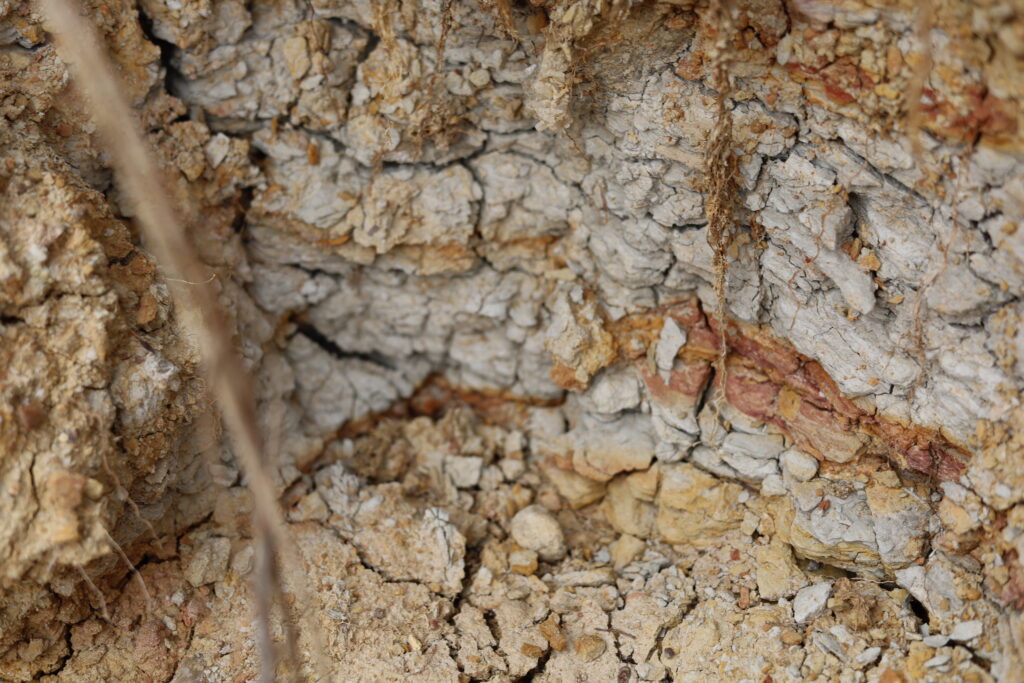
Before a vessel even takes shape, the process begins with the clay itself. Artists can either prepare their own stoneware; which involves collecting, refining, and testing natural clay bodies, or purchase pre-made clay from a ceramic supply store. Once the clay is ready, it needs to be wedged to remove any air bubbles and create an even and consistent texture. This is essential for wheel throwing and beneficial for hand-building, although not always required for hand-building.
After forming the vessel, whether through wheel work or hand-building, the piece begins to dry. Time becomes a critical factor, as the clay can quickly move from workable to too dry to carve or decorate. Slow, even drying is ideal to prevent cracking, and patience is key. Once the piece is fully dry, it undergoes the bisque firing, a low-temperature firing that hardens the clay but still allows it to absorb glaze. After glazing, the piece is fired a second time in the glaze firing, which is done at a higher temperature and transforms it into its final, finished state.

(There’s so much more to say about firing techniques, common mishaps, and how different atmospheres affect results, but I’ll save that for another post! If you’re interested, feel free to let me know in the comments below.)
What sets each ceramic piece apart is not just the form or function, but the style, texture, and decoration that reflect the artist’s vision. Just like painting, ceramics offers an endless variety of techniques: carving, staining, glazing, layering, adding, and subtracting. These each yield a unique and beautiful result. It’s a deeply thoughtful process; the amount of planning and care that goes into each piece is often invisible in the final product. Yet, that time and intention are felt in every curve, surface, and weight of the finished object.
One of the most fulfilling parts of working with ceramics is its physicality. You feel the vessel come to life under your hands. Every step in the process, from shaping the form to carving in texture and brushing on glaze, is an intimate and tactile conversation between the artist and the material.
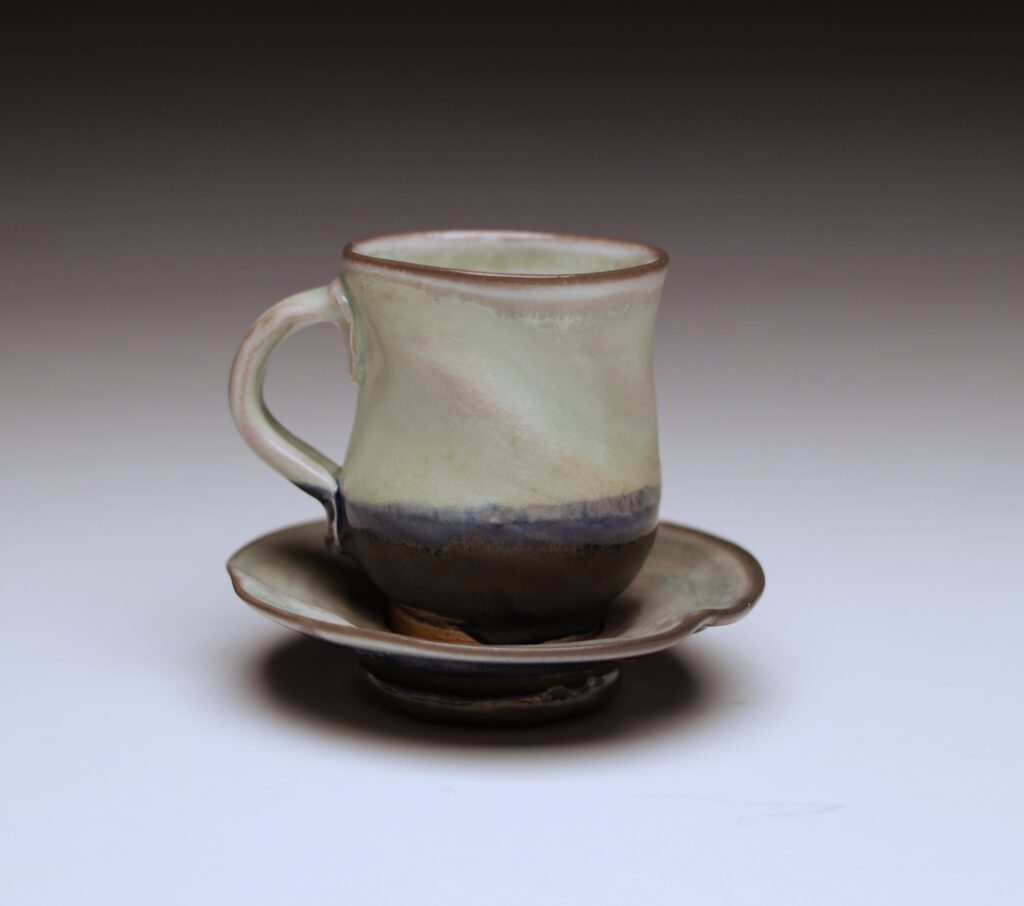
That’s just the artistic side. The moment the piece emerges from the final glaze firing, it becomes more than art, it becomes part of daily life. You now have a painting you can drink from or a sculpture you can serve food in! Ceramics offers a rare kind of intimacy between the viewer and the artwork. Unlike most art, which we observe from a distance, ceramic pieces invite interaction. You hold them. You use them. You build routines and rituals around them. That connection between art and function, between beauty and use, is what draws me back to clay again and again.
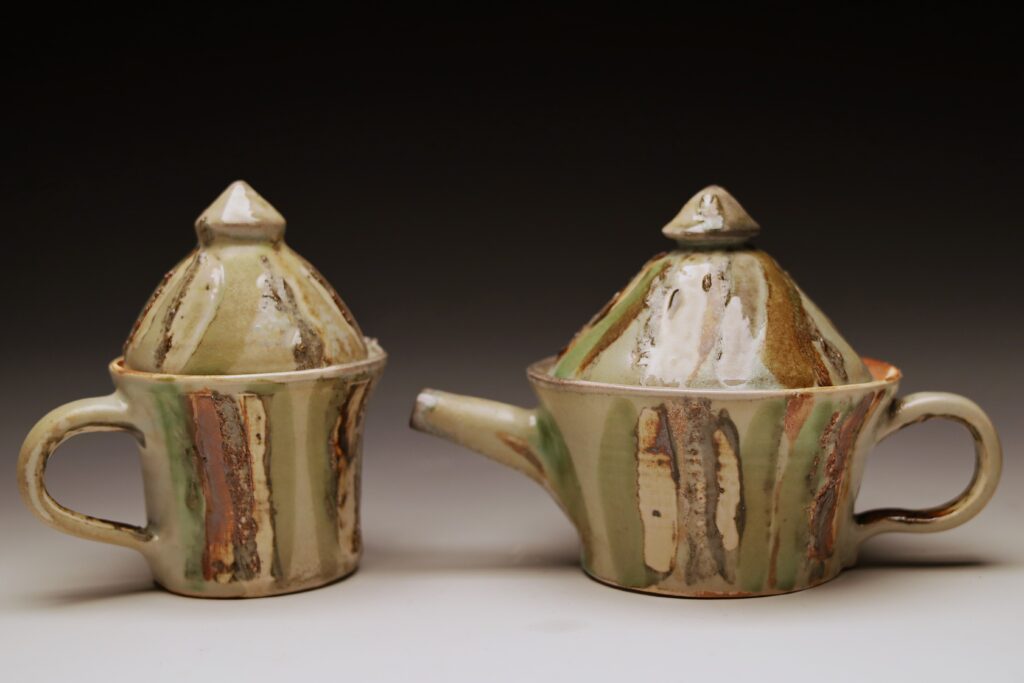
Working with clay has deepened my appreciation for what it means to create something both beautiful and useful. It connects me to the earth, to tradition, and to my own hands in a way no other medium does. Ceramics reminds me that art doesn’t always have to hang on a wall, sometimes, it belongs in our everyday lives.
This post is just the beginning of a new series I’m starting called “The Beauty of:” where I’ll be sharing my thoughts, experiences, and inspirations behind the different artistic mediums I work with. From drawing and painting to more specific focuses like acrylics and oils, each post will explore what makes these forms of art meaningful to me and hopefully inspire you to see them in a new way too!
Thank you for reading and being part of this creative journey. Stay tuned for my next post, and feel free to comment or message me if there’s an art medium you’d love for me to write about!
